Picture this: you wake up one morning, make coffee, and check your phone only to see headlines everywhere—“Robots Take Over!” “AI Replaces Millions!” That familiar knot of worry tightens in your stomach. Is your job next? This isn’t just science fiction anymore. The rise of artificial intelligence (AI) and automation is transforming the world around us faster than the wildest dreams of yesterday’s sci-fi writers. But is there really a ticking clock counting down the days until machines do everything humans can? Or is the truth more complex, more human, and perhaps even more inspiring? Let’s peel back the layers and look at this revolution in the making.
The Early Days: How Did Machines Enter Our Workspaces?
Automation isn’t new. Long before AI made headlines, machines began changing the way we work. Remember the Industrial Revolution? Steam engines, textile machines, and assembly lines sparked both excitement and fear. People worried about losing their livelihoods, but many new jobs emerged as a result. Fast forward to the 20th century—computers entered offices, robots appeared in factories, and cash registers became digital. Every leap came with anxiety, but also new opportunities. The story of technology and labor is one of constant adaptation, not just replacement.
What Exactly Is Artificial Intelligence?
AI isn’t just one thing—it’s a spectrum. At its core, AI is about creating systems that can mimic tasks requiring human intelligence, like recognizing speech, making decisions, or even playing chess. There are narrow AIs, which do specific jobs (think voice assistants), and broader, more flexible systems that can learn and adapt. What sets recent AI apart is its ability to “learn” from data, making it seem almost alive. But don’t be fooled by Hollywood robots—most AIs are invisible algorithms humming in the background, sorting your emails or suggesting your next binge-watch.
The Current State: Where Is AI Already Replacing Human Labor?
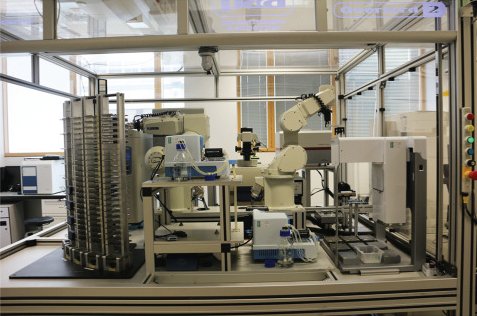
AI has already slipped quietly into many workplaces. In warehouses, robots zip down aisles sorting packages. In banks, algorithms approve loans faster than any human could. Even journalism isn’t safe—some news articles are now written by bots. Customer service chatbots handle simple queries in a matter of seconds. But here’s the catch: most of these systems handle repetitive, predictable work. The tasks that require empathy, creativity, or complex reasoning? Humans still do those best. For now.
Which Jobs Are Most at Risk from Automation?
Not all jobs are created equal in the eyes of AI. Roles with routine, repetitive tasks—like data entry clerks, assembly line workers, or telemarketers—are most vulnerable. Truck drivers and delivery workers face growing competition from self-driving vehicles. Even some accountants and paralegals might see parts of their jobs automated by smart software. But jobs that require emotional intelligence, nuanced judgment, or creative thinking—like teachers, therapists, and artists—remain harder to replace. It’s like comparing a paint-by-numbers kit to a wild, expressive mural.
New Jobs Born from the Age of AI
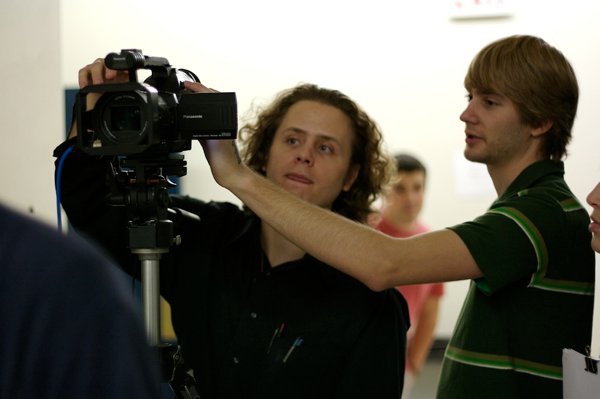
Here’s a surprising twist: while some jobs vanish, new ones appear. Someone has to build, maintain, and improve these smart machines. AI specialists, data scientists, and robot technicians are in high demand. Even jobs that never existed a decade ago—like drone operators or digital ethicists—are popping up. Think of it as a garden: old plants may wilt, but new shoots burst through the soil, often in unexpected places.
The Skills That AI Can’t Replace (Yet)
Despite all its power, AI struggles with qualities that make us deeply human. Empathy, compassion, and intuition remain out of reach for machines. A robot nurse might measure your pulse, but only a human can comfort you with a gentle word when you’re scared. Creativity, too, is a tough nut for AI to crack. While an algorithm can generate music or write poems, it doesn’t know heartbreak, joy, or inspiration. These human qualities are not just job skills—they’re what make life meaningful.
How AI Is Changing the Nature of Work
Instead of simply replacing workers, AI is reshaping what work looks like. Doctors use AI to analyze scans, but the final diagnosis comes from a human. Journalists use AI to gather data, but the storytelling remains theirs. In many cases, AI is like a powerful tool—think of it as a supercharged hammer or an extra set of hands. It helps us do more, faster, but it doesn’t steal the show. This blending of human and machine is creating hybrid jobs that didn’t exist before.
The Emotional Impact: Fear, Hope, and Adaptation

Let’s be honest—change is scary. When you hear that AI could replace your job, anxiety is a natural response. But history shows we’re adaptable. Time and again, people have learned new skills or switched careers entirely. Some find hope in the idea that automation could free us from drudgery, letting us focus on more meaningful work. Others worry about being left behind. The truth is, both fear and hope are valid. Navigating this transition means balancing realism with optimism.
AI and Income Inequality: A Growing Divide?
One of the biggest concerns is that AI could widen the gap between rich and poor. High-skilled workers who can use AI thrive, while those in routine jobs struggle. Big companies with deep pockets can invest in automation, while smaller businesses might get squeezed out. This isn’t just about jobs—it’s about fairness and opportunity. Policymakers, businesses, and communities must confront these challenges together, finding ways to make the benefits of AI more widely shared.
Universal Basic Income: A Solution or a Mirage?
With rising fears of mass unemployment, some have proposed radical solutions like universal basic income (UBI)—a regular payment to everyone, regardless of work. The idea is to give people security as jobs change or disappear. Pilot programs in various countries have shown mixed results. UBI could cushion the blow of automation, but it also raises big questions: How do we pay for it? Will it motivate or discourage people? The debate is far from settled.
Education and Lifelong Learning: Key to Surviving Automation
If there’s one thing experts agree on, it’s this: learning never stops. As technology evolves, so must our skills. Schools are starting to teach coding, critical thinking, and digital literacy. But adults, too, need chances to retrain and adapt. Lifelong learning isn’t just a buzzword—it’s a survival strategy. Imagine if every worker had access to affordable courses, mentors, and hands-on practice with new tech. That could turn fear into confidence.
AI in Healthcare: Threat or Opportunity?
AI is already diagnosing diseases, predicting patient risks, and even suggesting treatments. This has sparked fears of doctors or nurses being replaced. But the reality is more nuanced. AI helps with the heavy lifting—analyzing huge amounts of data or spotting patterns humans might miss. But the healing touch, the comforting words, and the ethical decisions still rest with humans. In fact, AI could make healthcare more personal, not less, by freeing up time for caregivers to connect with patients.
Creativity and the Arts: Can AI Be Truly Original?
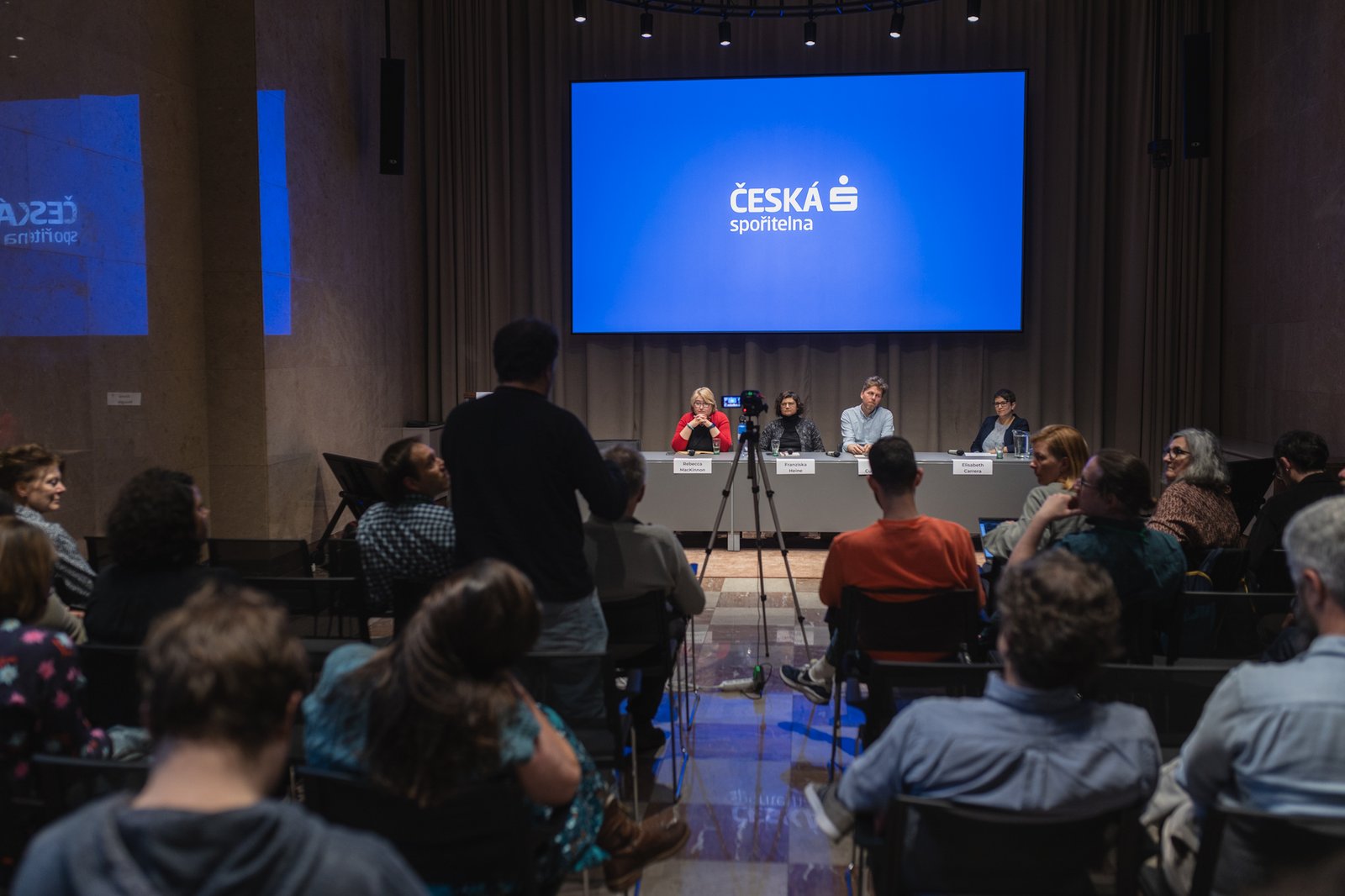
It’s a question that sparks heated debate: can AI create art? Sure, machines can compose music, paint pictures, or write stories. Some AI-generated art has even won prizes. But critics argue that true creativity comes from lived experience, emotion, and a sense of purpose—things AI simply doesn’t have. For now, AI is more like a clever assistant, helping artists explore new ideas or overcome creative blocks. The soul of art, though, remains stubbornly human.
Ethics and Responsibility: Who’s Accountable When AI Fails?
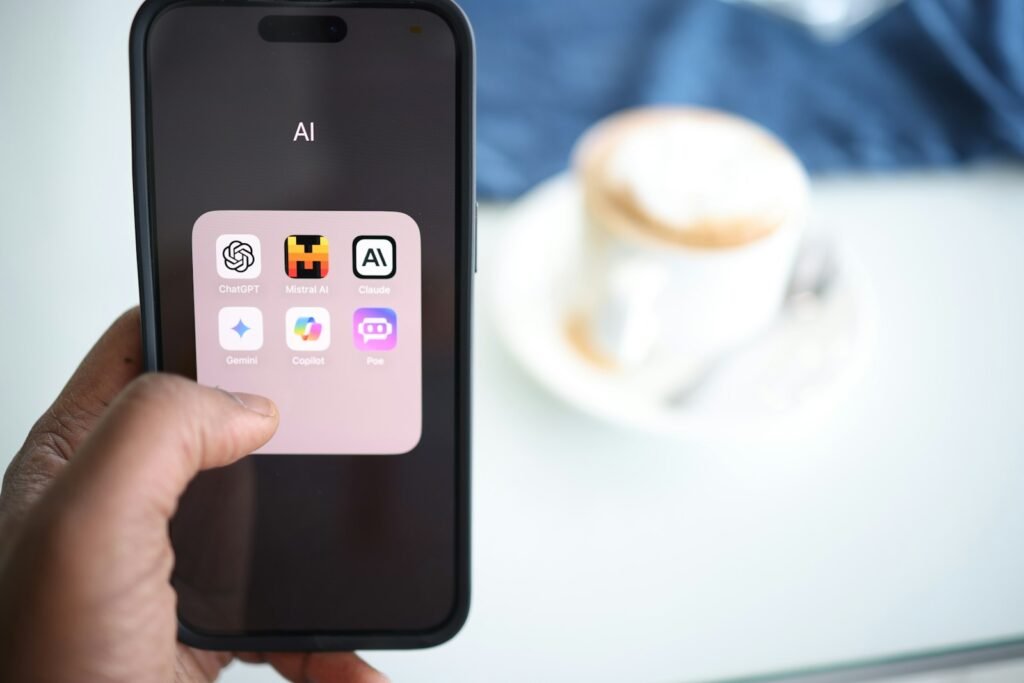
When an AI system makes a mistake—say, a self-driving car causes an accident—who’s to blame? The designer? The company? The user? These questions get thorny fast. As AI takes on more tasks, the need for clear rules and ethical guidelines grows. Some experts warn of bias in AI systems, where hidden prejudices in the data lead to unfair outcomes. Building trust in AI means holding creators accountable and making sure these systems are transparent and fair.
Environmental Impact: Can AI Help Save Our Planet?
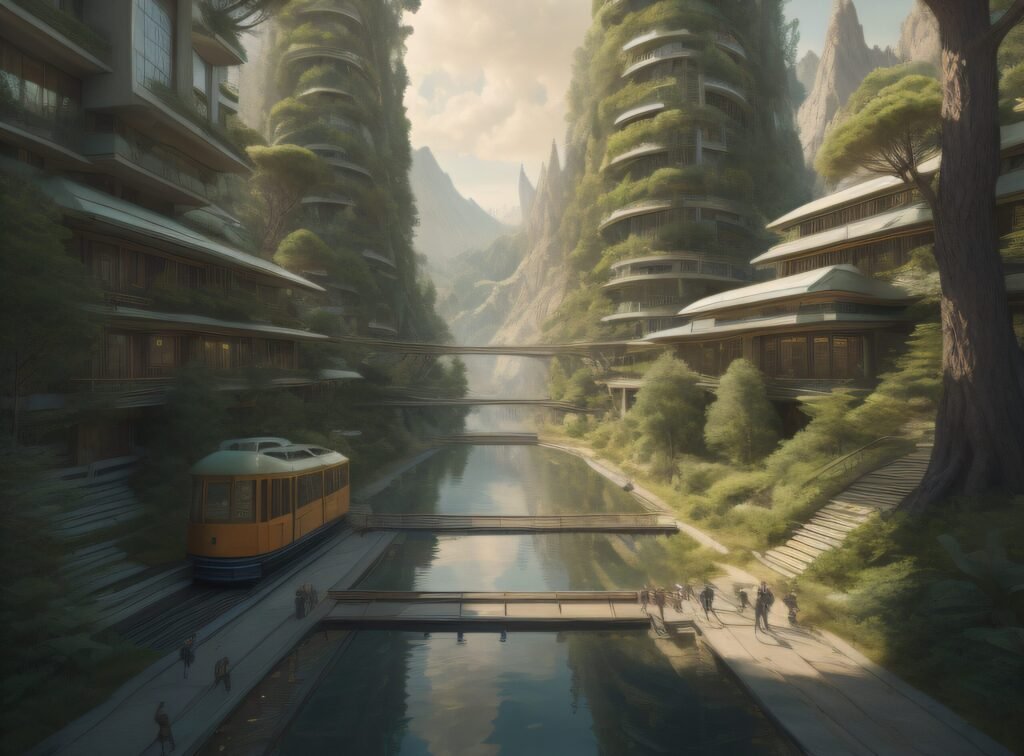
AI isn’t just about jobs—it’s also a powerful tool for tackling environmental challenges. Smart algorithms can optimize energy use, reduce waste, and even monitor wildlife. Farmers use AI to predict crop yields and manage water more efficiently. But there’s a flip side: training massive AI models can gulp down enormous amounts of electricity, adding to carbon emissions. Striking a balance between innovation and sustainability is one of the next big frontiers.
Global Differences: Automation Across the World
The impact of AI isn’t felt equally everywhere. In wealthy countries, workers may have more chances to reskill and adapt. In developing nations, automation can threaten millions of low-wage jobs in factories or call centers. Some countries are racing ahead, investing in AI research and education, while others lag behind. The global divide could grow wider unless there’s a concerted effort to share knowledge and opportunities.
AI and Human Identity: What Makes Us Unique?
As machines get smarter, we’re forced to ask: what does it mean to be human? Is it our ability to solve problems, feel emotions, or create beauty? AI may learn to mimic some of these traits, but it can’t experience love, grief, or wonder. The rise of AI invites us to cherish the qualities that set us apart, to double down on empathy, curiosity, and imagination. It’s a reminder that being human is about more than productivity—it’s about connection and meaning.
Preparing for the Future: What Can We Do Now?
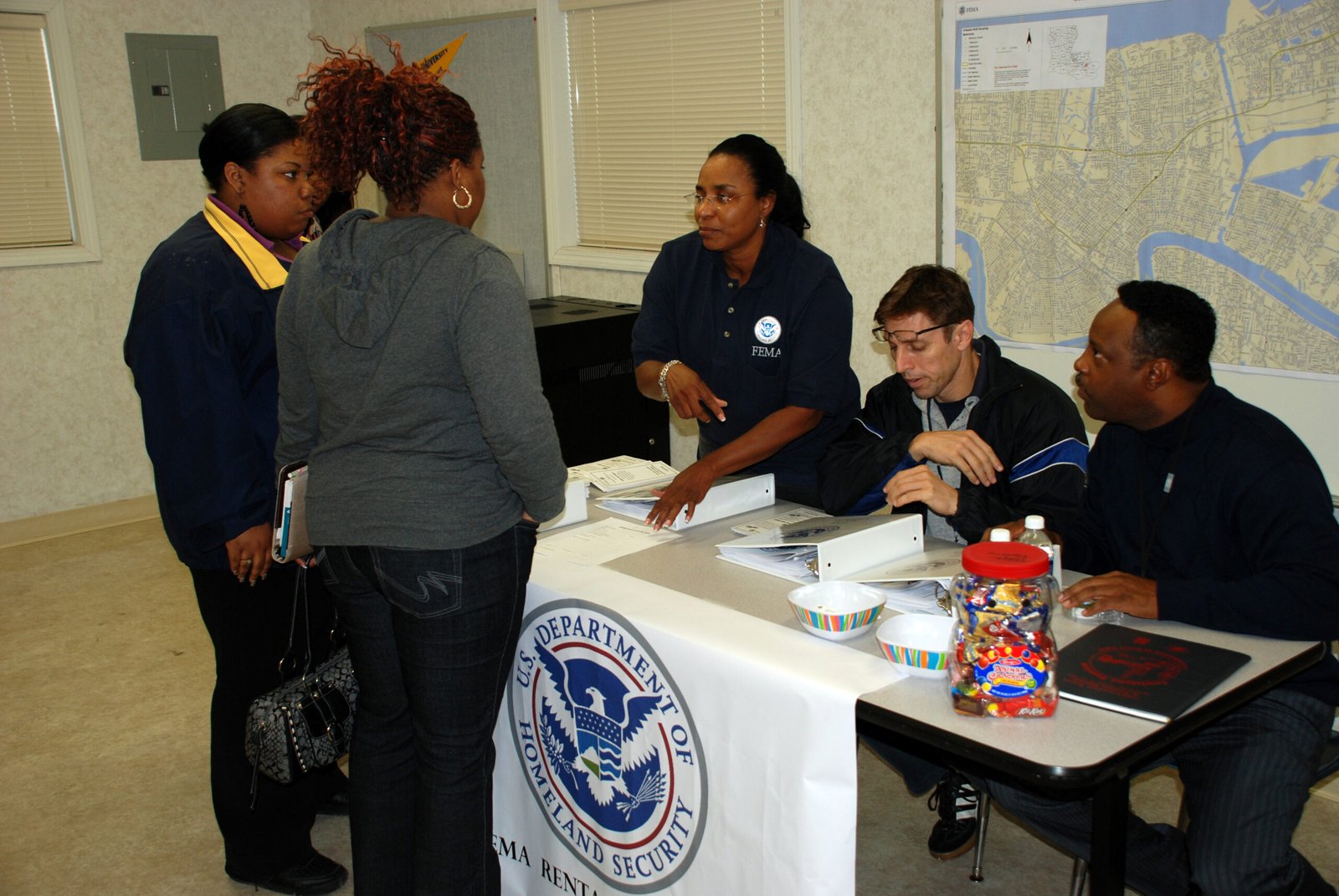
The future isn’t set in stone. The rise of AI can be frightening, but it’s also a chance to rethink what we value in work and life. Governments can update safety nets, companies can invest in retraining workers, and individuals can seek out new skills. Communities can support each other, sharing knowledge and opportunities. Instead of waiting for change to happen to us, we can shape it—together.
Are We Ready for Human-AI Collaboration?
Rather than competing with machines, many experts believe the future lies in collaboration. Imagine doctors working alongside AI to save lives, teachers using smart tools to reach every student, or artists blending human intuition with machine precision. This partnership calls for new attitudes—openness, flexibility, and a willingness to learn from the unexpected. The best results often come when humans and machines team up, each bringing their strengths to the table.
The Big Question: Will AI Replace Us, or Set Us Free?

Here’s the heart of the matter—the question that keeps people up at night. Will AI make us obsolete, or will it liberate us from boring, dangerous work so we can chase bigger dreams? Maybe the answer isn’t either-or. Like every wave of technology before it, AI brings both risks and rewards. The outcome depends on the choices we make today—how we design these systems, who gets to benefit, and how we care for each other along the way.
The future is unwritten, and it’s in our hands.



